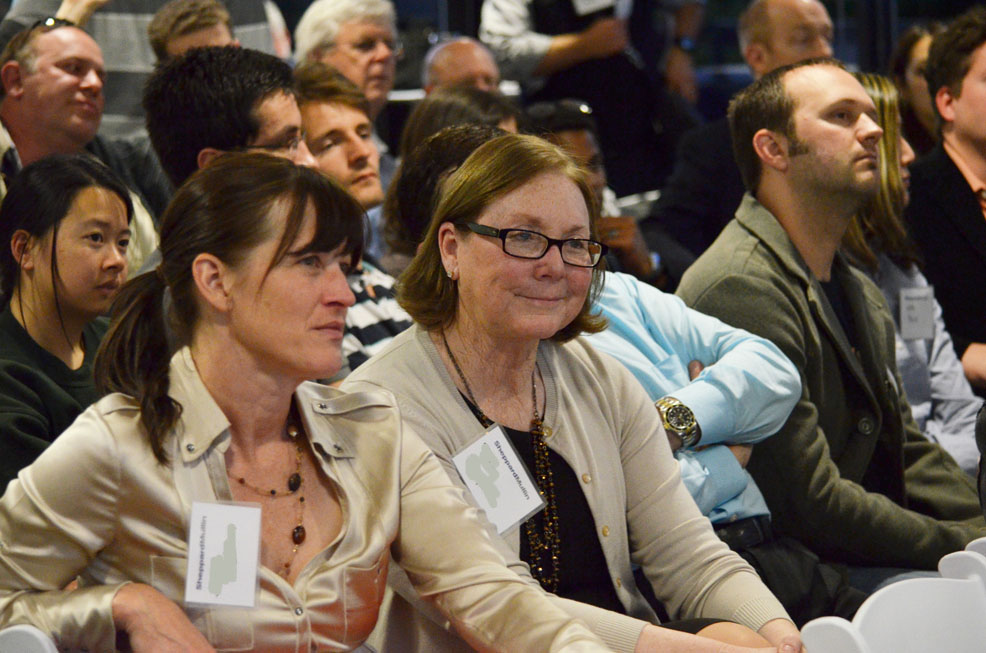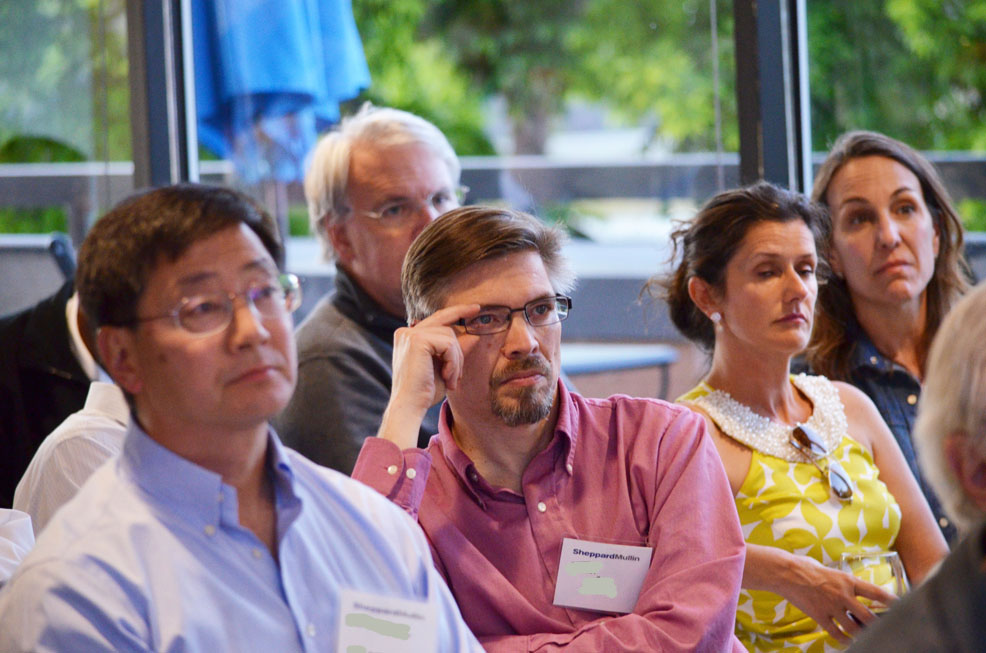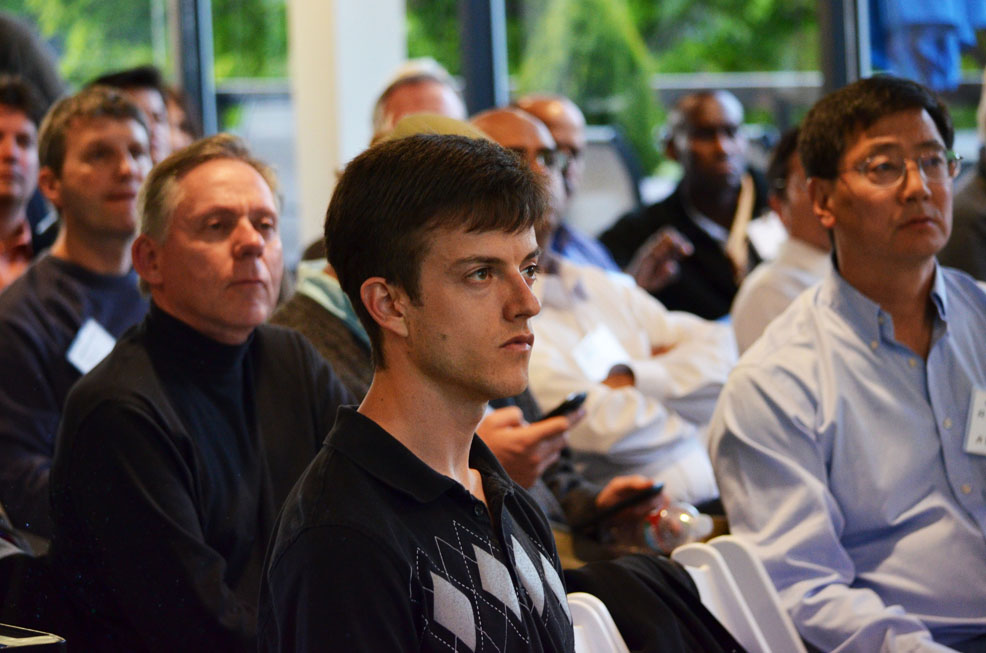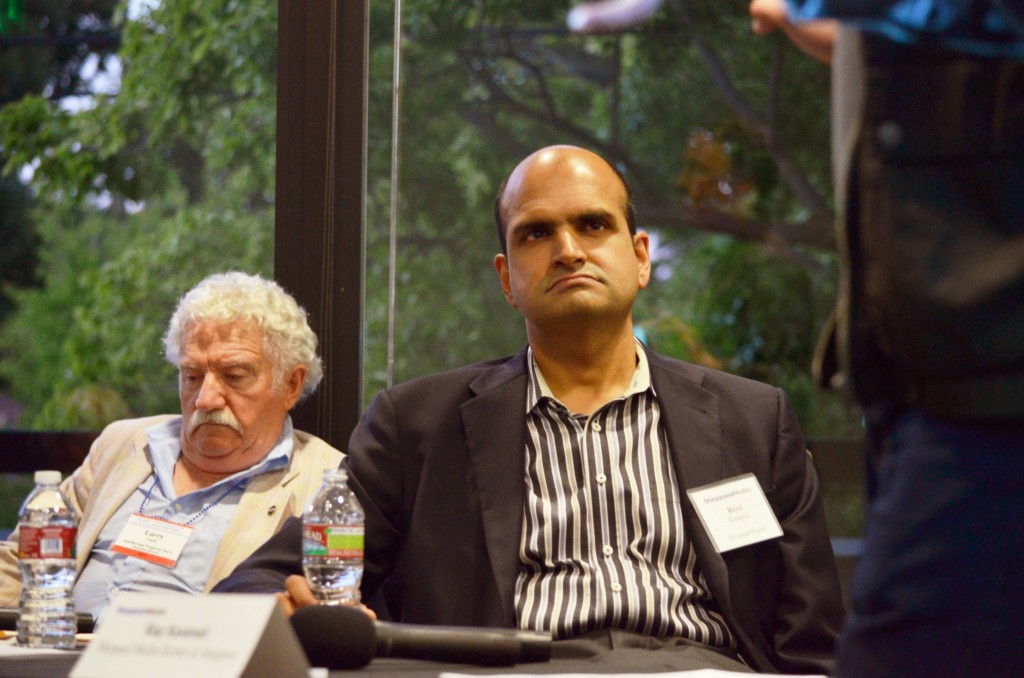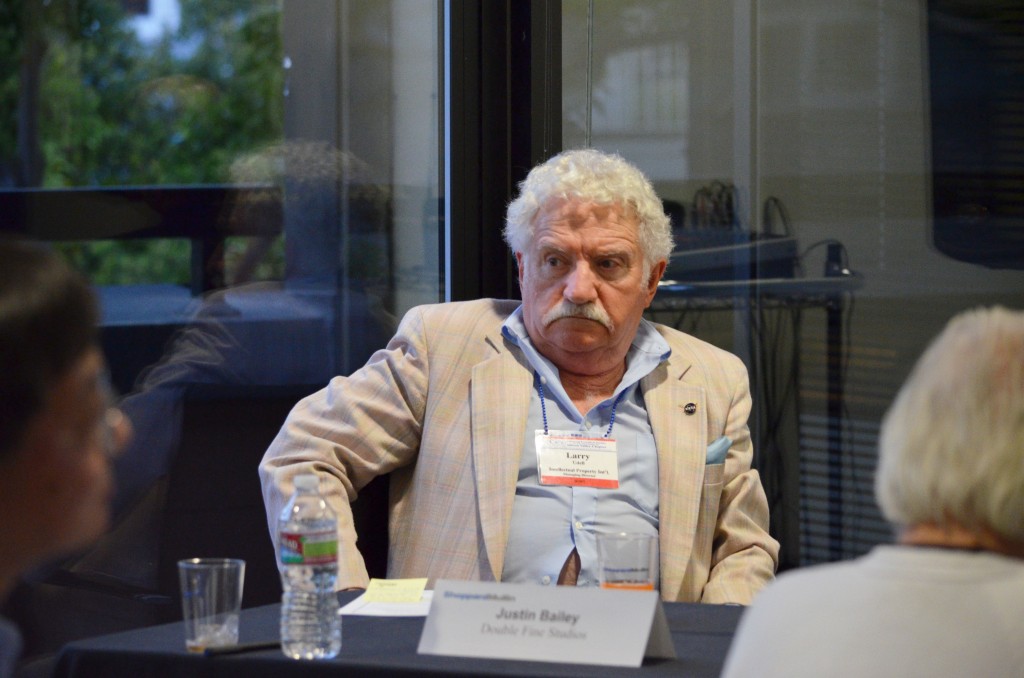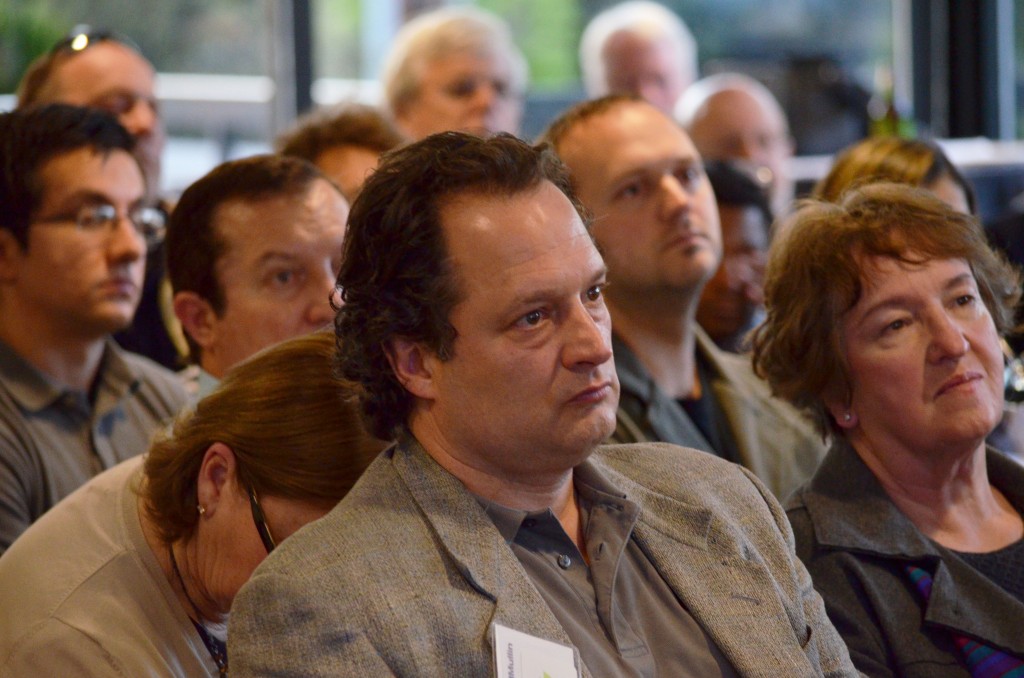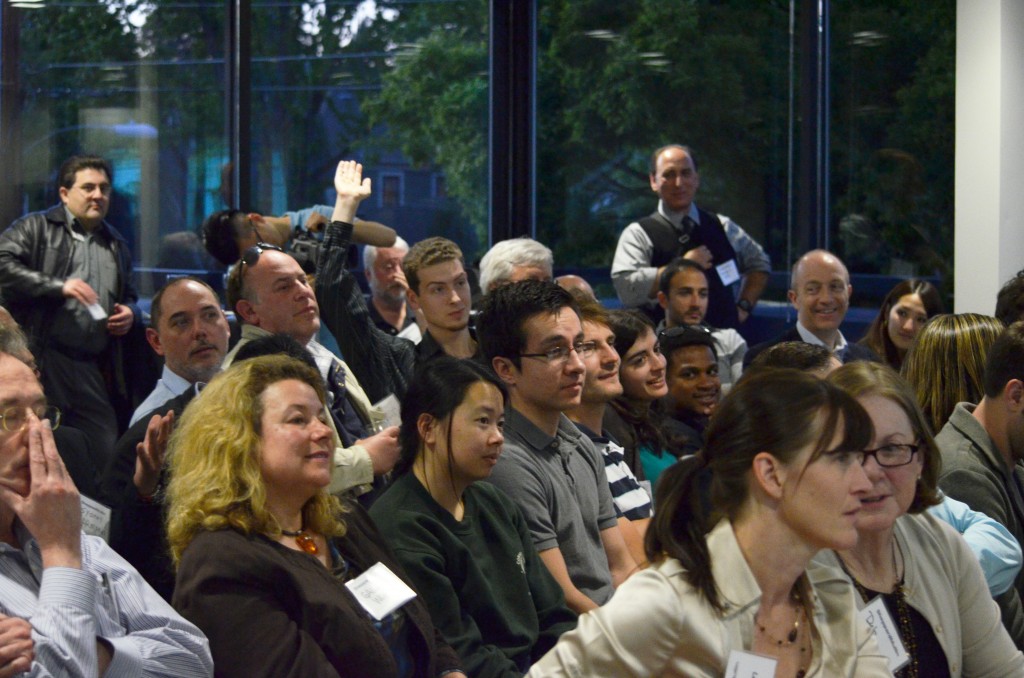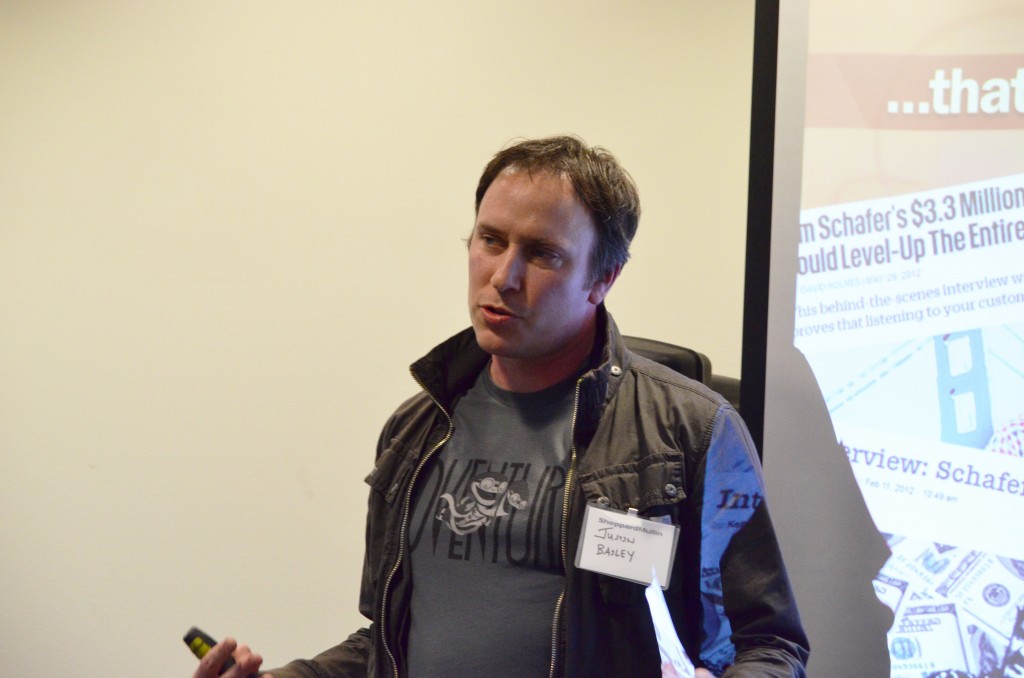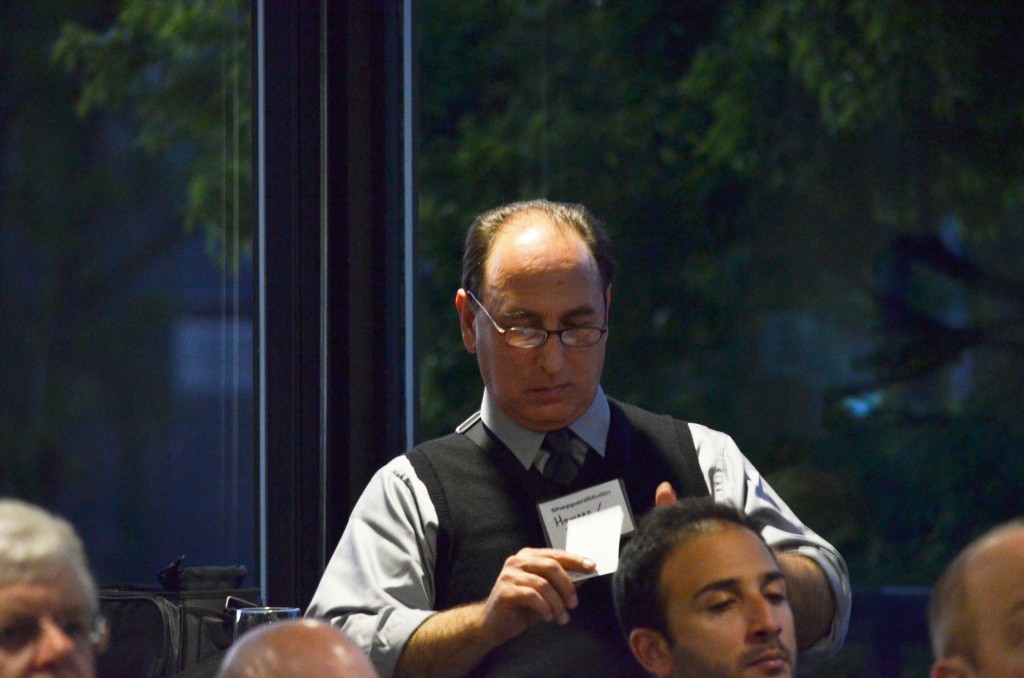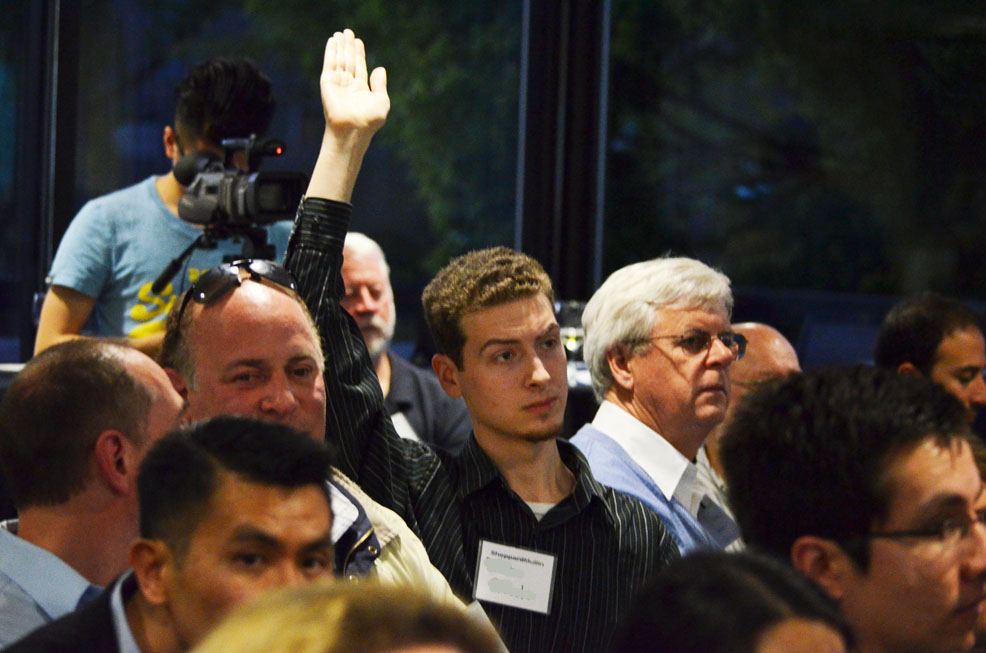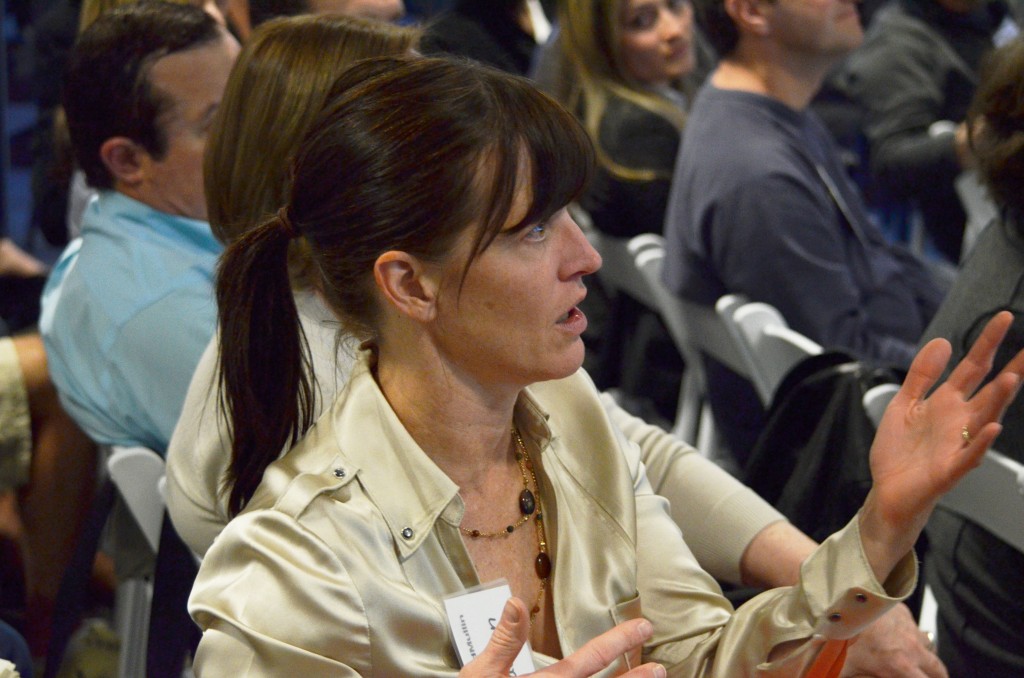This event took a look into the pros and cons of game design and how it could be applied not only to inspire others, but also how the same process could be used in other industries. While Games can inspire others this does not necessarily mean productivity.
On Wednesday May 15th, the SVII community got together to discuss the topic of “persuasive game technology”–specifically, what design techniques that were originally developed for making games can be cross applied to other products and areas to make them better

We had a panel discussion led by Margarita Quihuis of the Stanford Persuasive Technology Lab. She was joined by game designers Chris Bennett, also of the Persuasive Technology Lab, Andrew Mayer of Digital Entertainment Strategies, and Albert Chen, assistant professor of game design at Cogswell College–and by venture capitalist Stephanie Spong of Moksa Ventures. The event was held at the Palo Alto offices of Sheppard Mullin LLP.
They started with the question of what causes people to take any sort of action. Quihuis presented a behavior model created by BJ Fogg, which says that people take action when they experience the right combination of motivation, ability, and trigger.
When there is a reasonably high amount of motivation and ability, that is when someone is most likely to take a specific action, and the trigger is the thing that brings the action to mind. Of course, if the action is fairly easy, then there doesn’t have to be much motivation for them to still do it. Likewise, if they are highly motivated, then they will probably do it whether it’s easy or not (as long as it’s possible), but the combination of high motivation and high ability is most likely to get the most people to do something.

From a social movement point of view, this has implications on how you try to guide a movement. If you know that your audience is already highly motivated, then you should focus on helping them to have the ability to do something about it. If your audience already has the ability to do what you want them to do, then you should focus on helping them to be motivated. If you know that they are already motivated and have the ability to create change, then the area you should focus on is probably increasing the amount of triggers that will remind them to do what they already want to do (and can do).
From there, they went on to address some basics of game design psychology. Different activities give our brains chemicals (neurotransmitters) that the brains like for different reasons, but the nice thing about game design (and by extension, the design of anything) is that those activities (or emulations of them) can be built into games to give the brain the chemicals that it wants. This is the reason that games can be so enjoyable–and addictive.

As an important side-note, it should be said here (though it goes without saying) that the power acquired through the knowledge of game design should be wielded carefully. As Albert Chen said, “It’s like the old Spiderman quote: ‘With great power…comes great responsibility.’” Game play taps into many basic human needs (story-telling, adventure, challenge, meaning, continuity, etc), so game designers over time learned a lot about human behavior through how people interacted with their games. This knowledge (power) can be used for good, for greed, or for evil (to be perfectly honest).
The main neurotransmitters that we’re talking about here are norepinephrine, epinephrine (a.k.a. adrenaline), oxytocin, and serotonin. Norepinephrine is released through the acquisition of knowledge, solving of puzzles, etc; epinephrine through competition and adventure; oxytocin through social connection; and serotonin through finding order, right and wrong, and purpose. Throughout history, these chemicals have been released and sought for through human endeavors and social interactions. With the invention of immersive games, they could all be acquired in the same place, which is rather a dangerous situation. (See above warning.)
But you don’t have to stop with acknowledging the dangers of game design. This great power also has the potential for motivating people to do good for themselves and others. Not only that, but it the power to motivate large groups of people this way. Those are the grandiose ideals of design which are easy to articulate but probably a lot harder to actually implement. However, there are also smaller good things which can be accomplished through game design.

One important aspect of game design which can be fairly easily incorporated into the design of other products is the idea of core loops. In game design, a core loop is something that the player does over and over again in the game (a small self-contained sequence that can be learned quickly but provides continual satisfaction for the player). In designing other products or systems, such a structure can be used to help motivate people to come back over and over, like they do for games that they love.
Two companies that exemplify the effective use of this design pattern are Starbucks and Facebook. Starbucks is designed to make you want to come everyday, make it a habit. This way, they get a permanent customer and the everyday customer feels like his day is missing something if he doesn’t visit Starbucks that day. Likewise, Facebook is designed to be a multiple times a day habit. The loop is that you go to the website, look at the new things on the news feed and perhaps read some connected things that leads you to. Then you come back again 20 to 30 minutes later.
The Facebook loop provides one with all four of the brain chemicals mentioned earlier. When you read the news feed, you learn new things (norepinephrine), you feel connected to your friends (oxytocin), you may play a game or engage in debate (epinephrine), and your sense of order is satisfied by the regular rhythm of coming back. This is not to say that hyper-frequent Facebook visiting is healthy; but because of our brains habits, it at least feels healthy and good at the time.
The Starbucks loop has similar brain rewards–plus, of course, caffeine, which is another chemical it likes (though the human body can’t produce it like it does the neurotransmitters).

One of the idea posed by the panel was that game design allows companies to be “post-scientific” about their data collection, because they can collect data about what in their games people like more (and therefore play more) without needing to know why it works (thus the “post-scientific”). But this was also disputed, because it was pointed out that such a mind-set leaves a company vulnerable when a certain technique stops working. If the company didn’t know why it worked in the first place, then they will have no idea how to modify it if the need arises.
When using game design techniques to modify behaviors, whether it is of an individual or a group, Quihuis stressed that it is important for whatever goal you are pursuing to be “crunchy,” which is a word that is used to mean “tightly defined and able to be measured.” In other words, the goal has to be fairly concrete. For example, if there is a company that would like to help it’s employees stay in better shape, it needs a goal that can be measured, like, “we would like 90% of our employees to take a 20 minute walk every day.” When a goal is framed in concrete and measurable terms, then it can be tracked and you know how effective your strategies are in taking you toward that goal.

